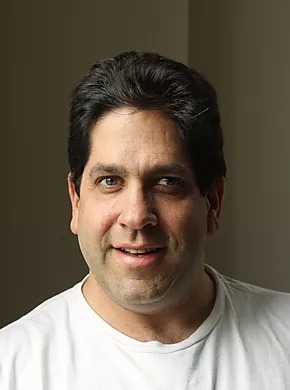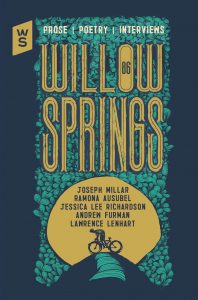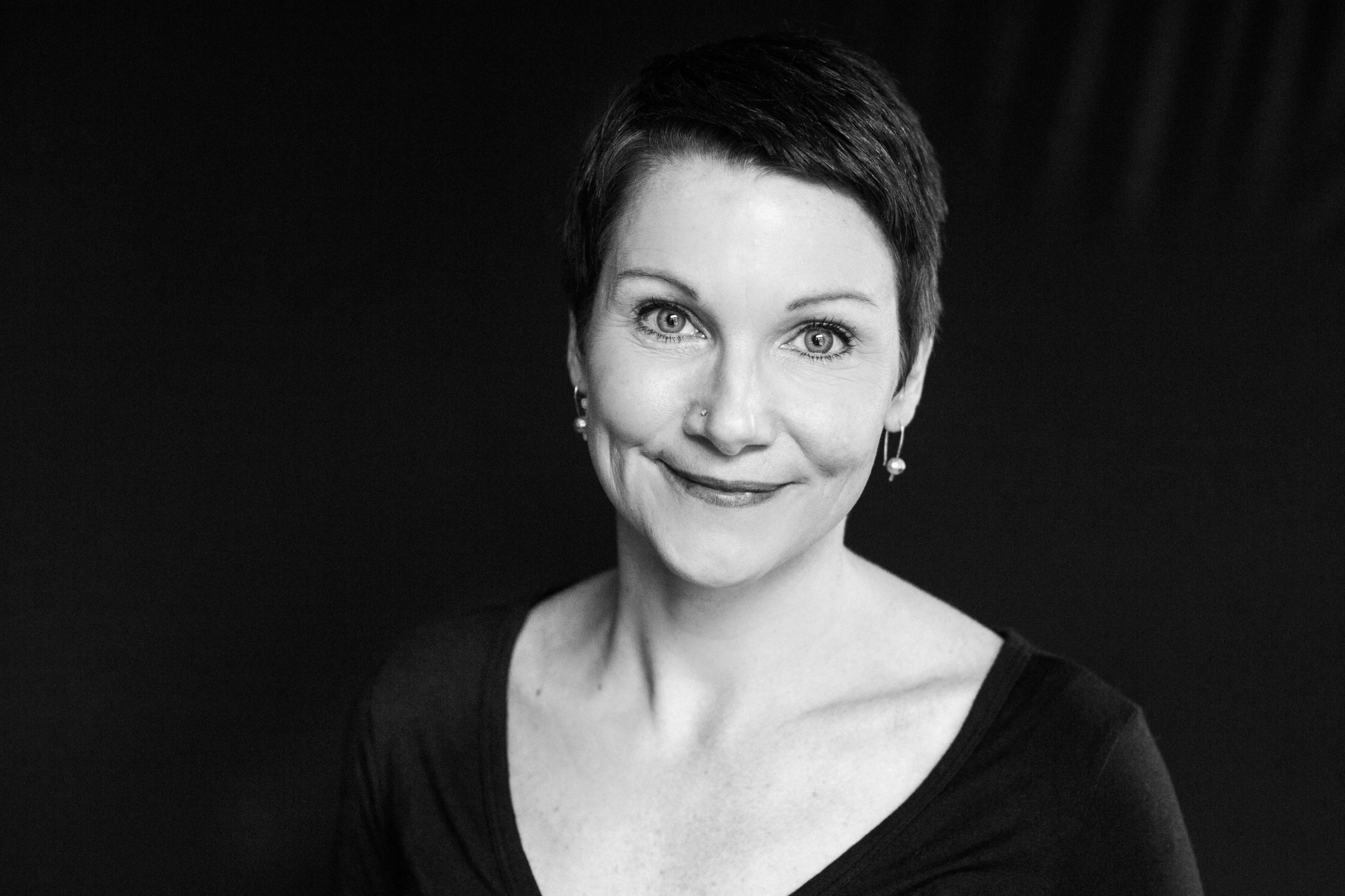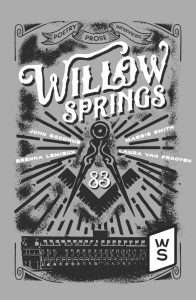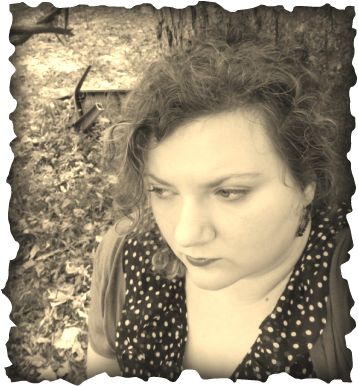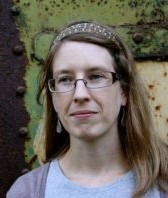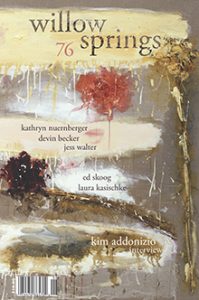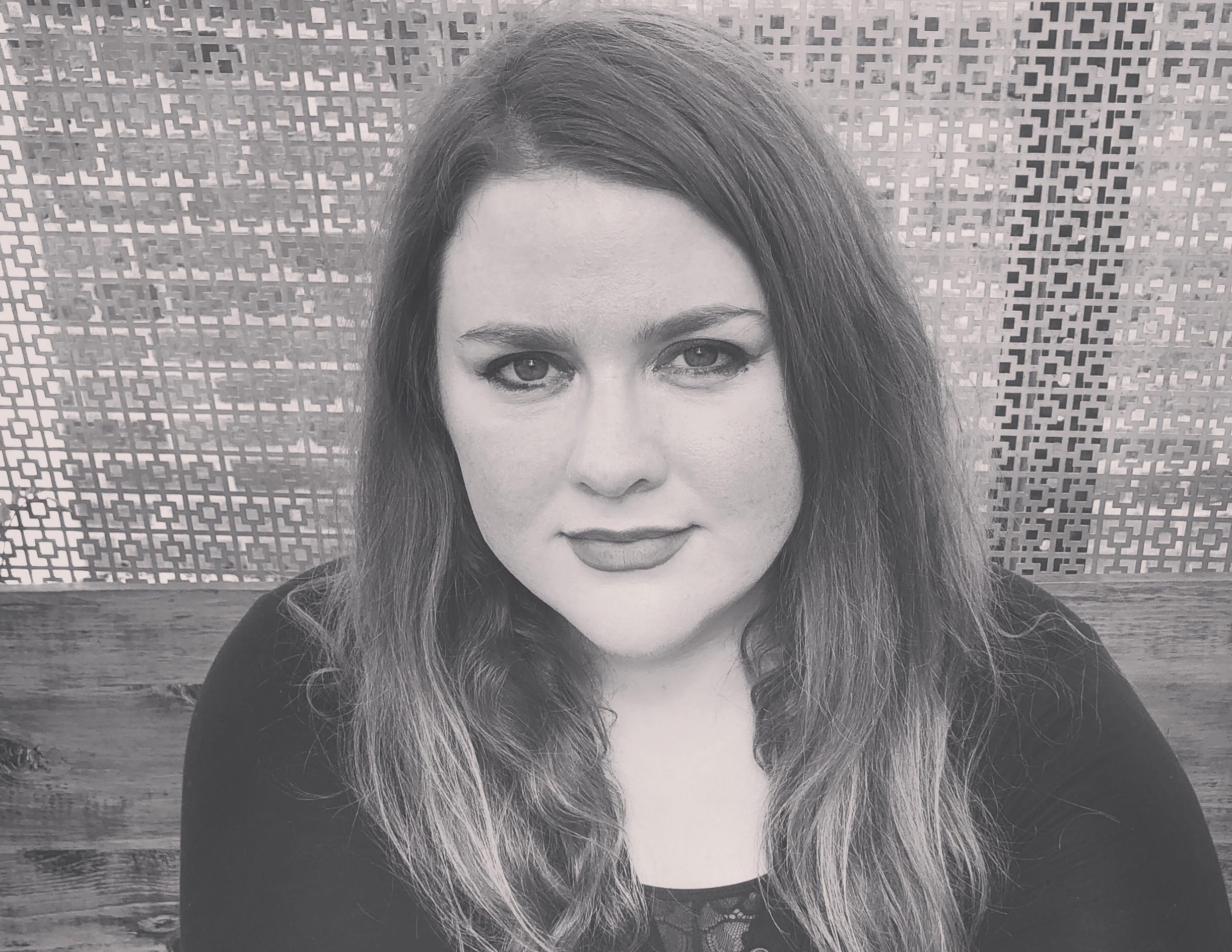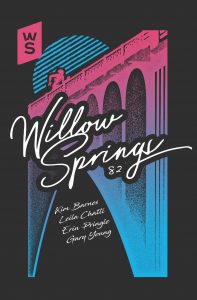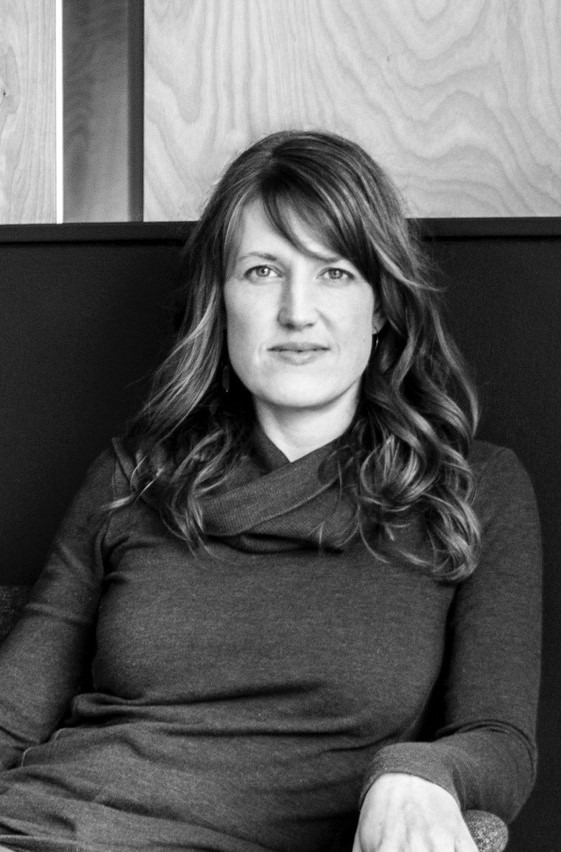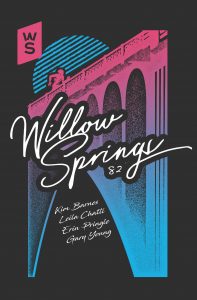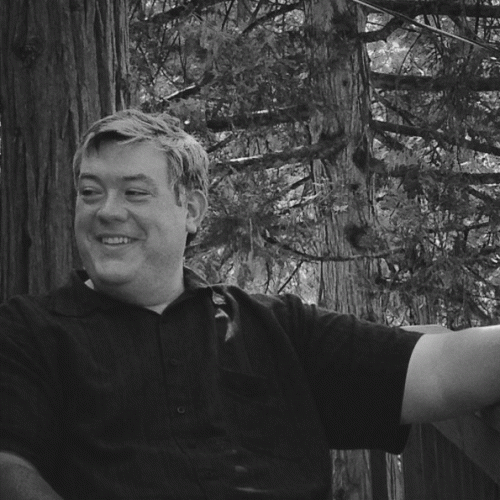
About Ed Skoog
Ed Skoog is the author of Mister Skylight, Rough Day (Winner of the 2014 Washington Book Award), and the forthcoming Run the Red Lights, all from Copper Canyon Press. He is the poetry editor of Okey-Panky and co-hosts the Lunch Box Podcast with novelist J. Robert Lennon.
A Profile of the Author
Notes on “1978 Buick Station Wagon”
I walked down the gravel driveway in my bare feet to the swimming pool and asked Gary Stearns, a friend of my dad’s, who had sold us the station wagon of the poem “1978 Buick Estate Wagon,” what its name was, because it seemed to me that cars had names, and he said “Beulah.” He always had plaid slacks and sideburns and maybe a Coors. In gospel songs, Beulahland is somewhere between Heaven and Earth. When I started driving, at 14, that was my car. I drove it between Heaven and Earth all the time. At the end of high school my friends Mike and Cooper went with me to the salvage yard and sold it for twenty dollars, and we rode back in Mike’s Honda or Cooper’s Mustang, can’t remember which. There was an ostrich in a pen by the salvage yard. About that time I bought my first banjo from Capitol City Pawn, maybe with the cash from the car. I eventually learned to play it. I’ve had the same banjo since 1993, a Deering Deluxe. I intended to trade it for a Gibson archtop but never have.
Notes on Reading
I have mostly been reading what literature is appealing or diverting to a toddler, mostly aloud, though sometimes, on rereading, I just point to the pictures, or tell an abbreviated version. I have been reading fiction otherwise: The Tartar Steppe, by Dino Buzzati; For Rouenna, by Sigrid Nunez; Regeneration, by Pat Barker. But I am always reading poems, especially new books from Tavern Books, Wave Books, and Copper Canyon. Three poets whose work everybody should know, and will, are Matthew Lippman, Carl Adamshick, and Catherine Barnett. The Greg Pardlo book, Digest, which won the Pulitzer this year, is extremely good. I pay attention to whatever Ben Lerner and Kevin Young are doing. I try to keep up with whatever people are reading in Seattle, Portland, Spokane, and Missoula. I spend a lot of time with the poems of Jean Follain and Roque Dalton. This year is the tenth anniversary of Hurricane Katrina; I will be reading what smart people from New Orleans and Mississippi will have to say about that. I recommend one ebook in particular about the Katrina aftermath: Lee Mullikin’s Hardcscrabble Days, Milky Way Nights.
Sorry, we couldn't find any posts. Please try a different search.
